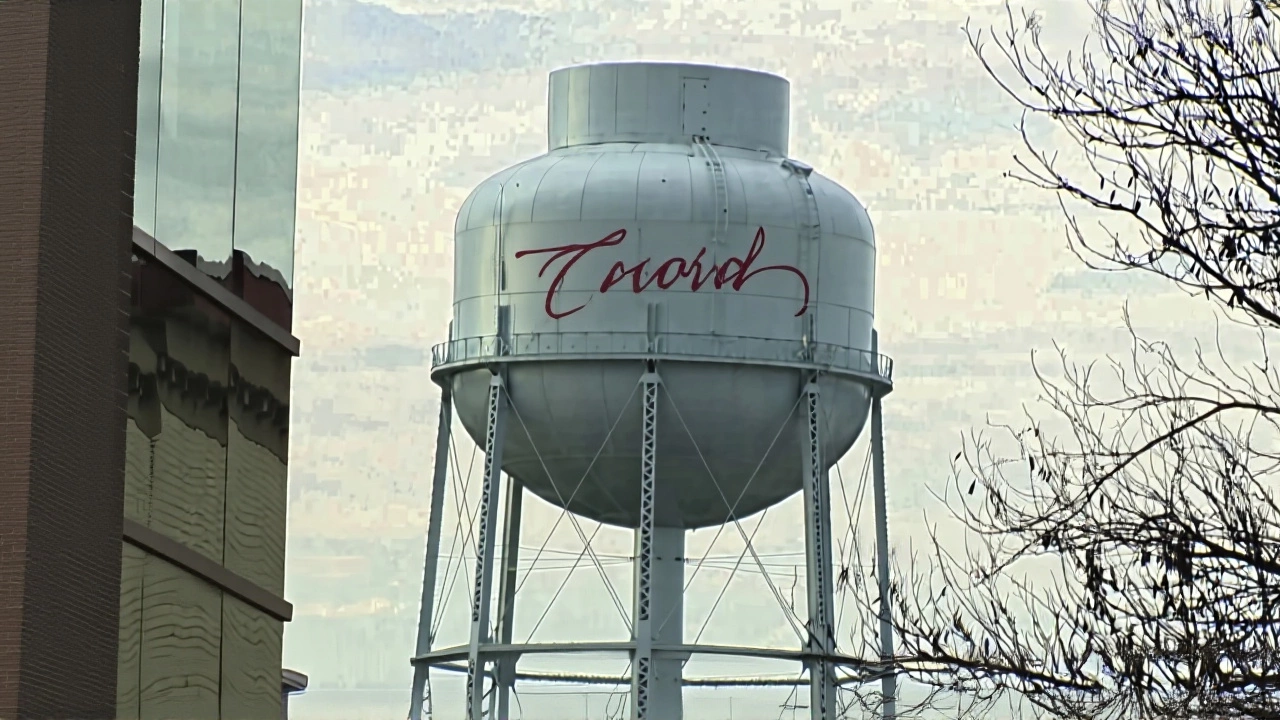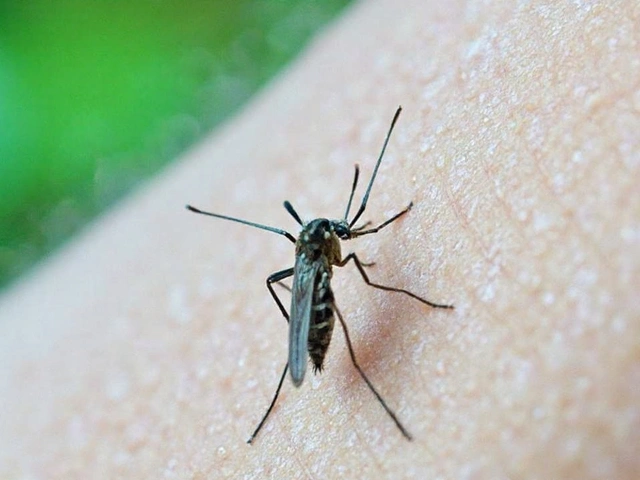When the City of Concord unveiled its $2.8 million Neighborhood Street Paving Program for fiscal year 2026, residents expected smoother roads — not a cascade of traffic headaches. Starting July 1, 2025, over 4.6 miles of neighborhood streets — including Cote Street, Fellow Street, Green Street, Haig Street, and North State Street — will be reconstructed using ‘Reclaim’ or ‘Cold Plane/Overylay’ methods. But beneath the asphalt lies a deeper tension: while local streets get a makeover, the arteries feeding them — especially the US 4 East corridor — are straining under pressure, and changes there are happening fast, with little time for community input.
Local Paving, Global Congestion
The City of Concord’s paving program, launched in FY 2016 after major arterials were stabilized, uses data-driven criteria: pavement condition, traffic volume, and funding availability. This year, 13 streets are targeted, with Green Street and North State Street getting the heavier ‘Cold Plane/Overylay’ treatment due to higher wear. It’s a smart, methodical approach — but it’s also a local fix in a regional problem.
Here’s the thing: every time a neighborhood street is repaved, drivers who used to avoid it during construction now have a reason to return. And with US 4 East carrying between 10,000 and 20,000 vehicles daily — according to the Central New Hampshire Regional Planning Commission (CNHRPC) — that’s a lot of cars looking for shortcuts. Roads like Horse Corner Road, once quiet backstreets, are now de facto detours during US 4 incidents. Locals report bumper-to-bumper queues at intersections that weren’t built for this kind of volume.
The King Road Crash That Changed Everything
It took a fatality to force action. The intersection of US 4 and King Road has seen multiple serious crashes, including one that claimed a life in 2023. In response, the state allocated $200,000 from the Transportation Improvement Program (TYP) to study alternatives. The problem? A previously straight-through lane was converted to a left-turn-only lane — a change that didn’t come with enough signage, timing, or driver education. Now, drivers hesitate, swerve, or worse — rear-end others while waiting to turn.
That’s why the New Hampshire Department of Transportation (NHDOT) is holding a public meeting on , at Boscawen Elementary School in Boscawen, NH. The Boscawen 41578 projectBoscawen, NH proposes widening King Street to add a center turn lane and replacing the current signal-free intersection at US Route 3 & 4 with either a roundabout or traffic light. The stakes? Safety, yes — but also historic preservation. NHDOT admits the project could affect cultural resources and protected shoreland.

Preservation vs. Progress
Amid all this construction, the CNHRPC’s 2020 report reminds us: the US 4 East corridor isn’t just a road. It’s a lifeline. It connects 2,970 households and 7,402 residents across Merrimack County. It passes through 205 acres of conservation land, 1,129 acres of aquifers, and 2,116 acres of New Hampshire’s highest-ranked wildlife habitat. There’s a Volunteer Driver Program for seniors. There’s potential for east-west transit. And now, there’s a downtown makeover too — Main Street’s ‘Complete Street’ redesign, finished last year, added landscaping, wider sidewalks, and better crosswalks. But that’s just one block. What about the 9.4-mile stretch?
Here’s the odd part: while Concord invests in quiet streets, the state rushes changes on US 4 without waiting for impact studies to finish. The CNHRPC report bluntly notes: ‘Recent changes were implemented swiftly which may affect the community’s ability to evaluate true impacts.’ That’s not just bureaucratic jargon. It’s a warning.

What Comes Next?
By spring 2026, the first phase of Concord’s paving will be done. But the real test begins after. Will Horse Corner Road collapse under overflow traffic? Will the King Road intersection become safer — or just more confusing? Will the $200,000 study lead to a roundabout, or will politics delay it for years?
The NHDOT has until December 2025 to finalize design options. Public input matters — but only if people show up. The Boscawen meeting is a chance. So is the next City Council hearing. Because when you repave a street, you’re not just fixing asphalt. You’re reshaping how people move, live, and survive.
Frequently Asked Questions
How will the $2.8 million paving program affect daily commutes in Concord?
While the 4.6 miles of repaved streets will improve local travel, they may increase traffic on nearby roads like Horse Corner Road and North State Street as drivers seek alternatives during construction. The City schedules work in phases to minimize disruption, but peak-hour congestion could rise by 15–20% in affected neighborhoods between July and October 2025.
Why is the US 4 East corridor considered a safety risk?
With 10,000–20,000 vehicles daily and outdated intersections — like US 4 and King Road, where a fatal crash occurred in 2023 — the corridor lacks modern traffic controls. Three intersections in Epsom and Boscawen have documented crash histories, and recent lane conversions were made without adequate signage or public review, increasing confusion and rear-end collisions.
What’s the difference between ‘Reclaim’ and ‘Cold Plane/Overylay’ paving methods?
‘Reclaim’ involves pulverizing the existing pavement and mixing it with binder to create a new base — cheaper and more sustainable. ‘Cold Plane/Overylay’ removes the top layer and adds a new asphalt surface, used on high-traffic corridors like Green Street where structural integrity is critical. The latter costs more but lasts longer under heavy use.
How will the Boscawen 41578 project impact local residents and the environment?
Widening King Street and adding a roundabout or signal could reduce crashes but may require removing trees, altering historic sightlines, and impacting 2,116 acres of protected habitat nearby. The NHDOT is required to assess effects on SWQPA shoreland and aquifers. Residents near the corridor are concerned about noise, increased traffic volume, and disruption to the rural character of Boscawen.
Who is affected most by the US 4 East corridor’s traffic issues?
Seniors, disabled residents, and families without access to alternative routes rely heavily on US 4 for medical appointments, grocery trips, and work commutes. The CNHRPC reports that 7,402 people live along the corridor, with Concord as the top employment destination. Delays and unsafe intersections disproportionately impact those who can’t afford to reroute or wait.
When will we know if the King Road intersection will get a roundabout or signal?
The $200,000 TYP study is due to conclude by March 2026. The NHDOT will release preliminary findings in January 2026, followed by public hearings. Final decisions are expected by June 2026, with construction potentially starting in late 2026 or early 2027 — assuming funding remains approved.




